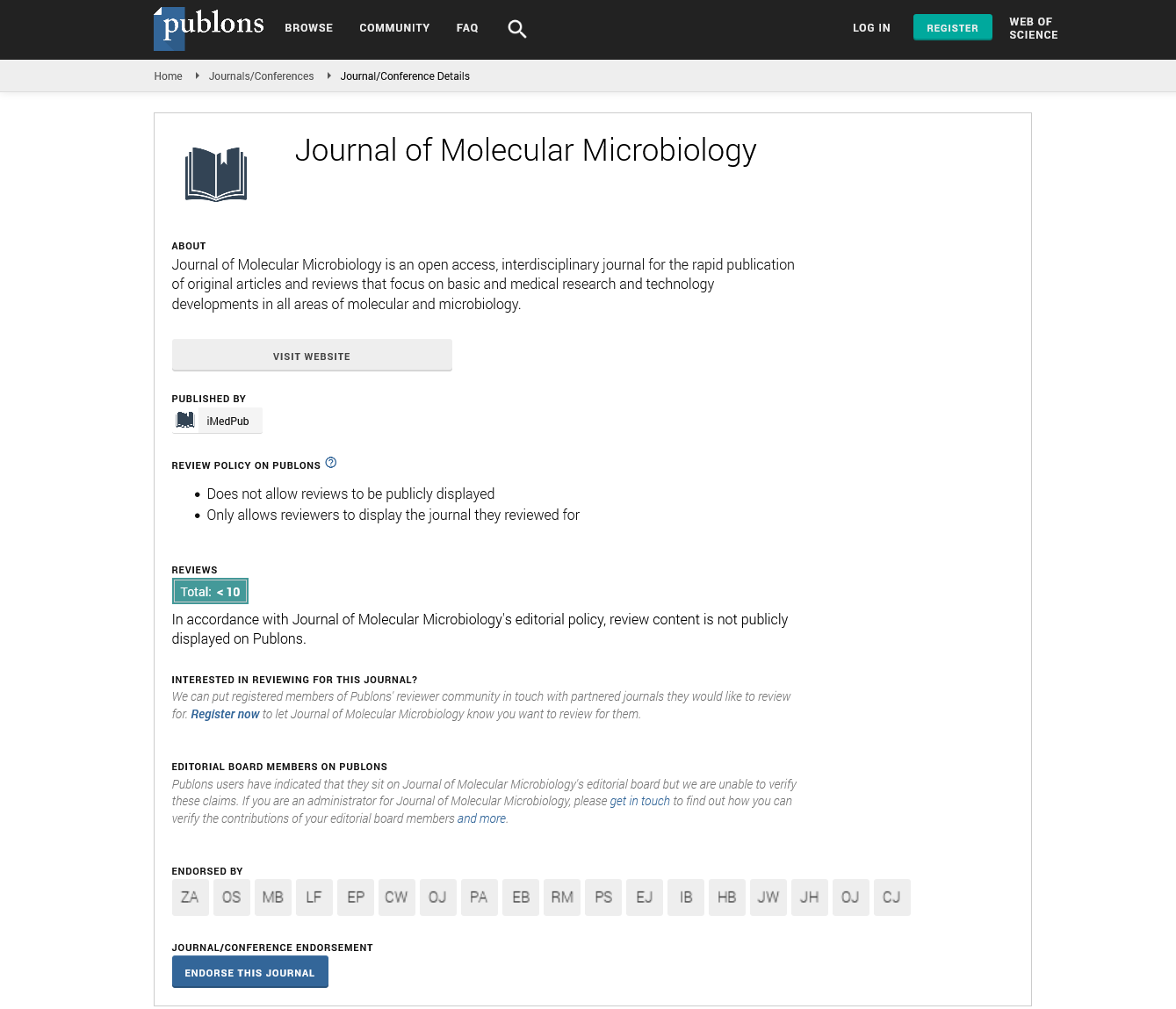Abstract
Prevention of diabetic cardiomyopathy in pediatrics
Background The development of Diabetic cardiomyopathy (DCM) is multifactorial and several pathophysiologic mechanisms have been proposed to explain structural and functional changes associated with DCM. α-lipoic acid (ALA) a powerful antioxidant may has a protective role in diabetic cardiac dysfunction Aim of the work: This study aimed to assess the potential role of oxidative stress, inflammatory cytokines, apoptosis and fibrosis in diabetic cardiac insult. It also investigated the possible protective role of α-lipoic acid on diabetic left ventricular (LV) dysfunction in type 1 diabetic children and adolescents Subjects & Methods: 30 patients were randomized to receive insulin treatment (n=15) or insulin plus α-lipoic acid 300 mg twice daily (n=15). Age and sex matched healthy control children and adolescents (n=15) were also included. Patients were evaluated with conventional 2-dimensional echocardiographic examination (2D), pulsed tissue Doppler (PTD), and 2-dimensional longitudinal strain echocardiography (2DS) before and after therapy.3D strain (longitudinal, circumferential, area and radial strain) were estimated. Plasma level of glutathione, malondialdhyde (MDA), nitric oxide, tumor necrosis factor-α (TNF-α), Fas Ligand (Fas-L), matrix metalloproteinase-2 (MMP-2) and troponin-I were determined before and after treatment Results: Diabetic patients had significant lower level of glutathione and significant higher levels of malondialdhyde (MDA), nitric oxide, tumor necrosis factor-α (TNF-α), Fas Ligand (Fas-L), matrix metalloproteinase-2 (MMP-2) and troponin-I than control subjects. Increased expression of transforming growth factor-β (TGF-β) mRNA in peripheral blood mononuclear cells was also observed in diabetic patients. 2D global longitudinal strain and 3D longitudinal, circumferential and area strain were significantly decreased in diabetic children. α-lipoic acid significantly increased glutathione level and significantly decreased MDA, nitric oxide, TNF-α, Fas L, MMP-2, troponin I levels and TGF-β gene expression levels. Moreover, α-lipoic acid significantly increased mitral e/a ratio, ventricular global peak systolic strain in diabetic patients. There were significant negative correlation between Global peak systolic strain (G) and glutathione and significant positive correlations between G and MDA, NO, TNF-α and Fas-L. In addition, a significant positive correlation between e/a ratio and glutathione (r=0.515) and significant negative correlations between e/a and MDA, NO, TNF-α and Fas-L were also observed. Conclusion: These data suggest that oxidative stress, inflammatory cytokines such as TNF-α, apoptosis and fibrosis play a role in the development of diabetic cardiac dysfunction and that αlipoic acid may have a beneficial role in the management of type 1 diabetic patients as a cardioprotective therapy and prevention of development of diabetic cardiomyopathy. Biography Osama A Tolba El Razaky had completed MD Pediatrics from Tanta University. He has obtained Post-doctoral studies in cardiac deformation. He is a Head of Egyptian Pediatric Cardiology Association and a member of Egyptian Universities promotion committee (Professor of Pediatrics). He is currently a Professor of Pediatric (Cardiology Unit) in Tanta University. He has published 20 papers in international journals and has been serving as a Reviewer for Acta Pediatric. He was a supervisor of 100 MS and 25 MD theses in Pediatrics. He is working as echographer in Pediatrics since 25 years. His main interest is TDI, STI and 3D Strain.
Author(s): Osama A Tolba El Razaky
Abstract | PDF
Share This Article
Google Scholar citation report
Citations : 86
Journal of Molecular Microbiology received 86 citations as per Google Scholar report
Journal of Molecular Microbiology peer review process verified at publons
Abstracted/Indexed in
- Google Scholar
- Publons
Open Access Journals
- Aquaculture & Veterinary Science
- Chemistry & Chemical Sciences
- Clinical Sciences
- Engineering
- General Science
- Genetics & Molecular Biology
- Health Care & Nursing
- Immunology & Microbiology
- Materials Science
- Mathematics & Physics
- Medical Sciences
- Neurology & Psychiatry
- Oncology & Cancer Science
- Pharmaceutical Sciences
